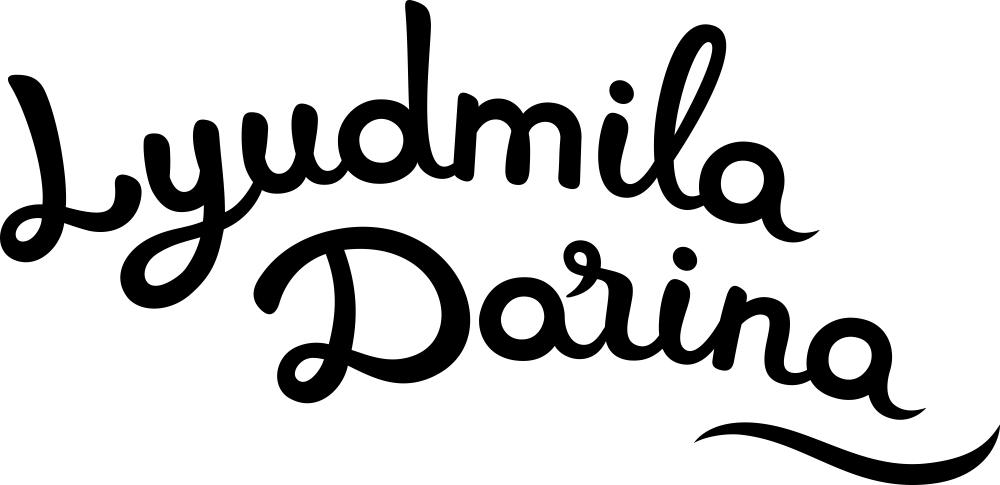Cookie management
By continuing to use the site, you agree to the processing of cookies and the personal data processing policy.
By continuing to use the site, you agree to the processing of cookies and the personal data processing policy.
The Main Mistakes of Bubble Show Newbies













The Main Mistakes of Bubble Show Newbies
In this article I would like to discuss the basic mistakes of newcomers to the bubble show business. When a person is just starting to work in this area, he/she, as a rule, makes a lot of mistakes. How to avoid them, read on.
The errors made by beginners can be divided into two blocks: artistic and technical errors.
Artistic mistakes
Artistic errors are the errors related to how an artist presents himself. Artist or not, whether he/she takes his/her place on stage or not. In my opinion, these are the most obvious errors.
Very often, newcomers, even those who have already worked at events, for example, animators, concentrate heavily on the technique of performing tricks. They greatly overwhelm their program with the stunt part. It is clear that the program can have many elements. When teaching, I show my students the maximum — all the tricks I know. I spent enough on training to teach them how to perform them. If a person is not yet ready to show one or another element, he/she should not include it in the program, more practice is necessary.
Blow your Bubbles Fast and Easy!
Please, do not forget about the time frame. I can include a large number of tricks in my program, because I perform them almost automatically, very quickly. A beginner needs more time for tricks. As a result, the program starts to swell like a soap bubble. She becomes so bulky. At the same time, someone is too focused on tricks, makes them slowly, very meticulously. From outside it looks like an artist is having a hard time. No feeling of lightness. This is a serious drawback for newbies. They are doing it, and it is written on their foreheads: "It is so hard for me."

Выступайте легко!
Give the Audience Something Special to Experience
There goes the next error: ta person is too engaged in the program, he/she has no contact with the spectators. Very often, the newly created artist does not look at the viewers at all; he/she does not address them, neither with gestures, nor with smiles, nor with his/her eyes. He/she looks at the wands, at the hands, at the bubbles, on the floor, anywhere, but not at the audience. I often observe this, especially after their training using video tutorials, although these are all common truths, this is all mentioned to students.
Nevertheless, the first video I receive is a video where the artist is fussing, trying to do everything with a wand, but he's not smiling, or dancing, is not looking at the audience. All this together creates the impression that the artist was forced onto the stage with a stick to work. Maybe your audience will not notice this moment. But still you will not give the audience that special mood, a sense of buzz.
Nevertheless, the first video I receive is a video where the artist is fussing, trying to do everything with a wand, but he's not smiling, or dancing, is not looking at the audience. All this together creates the impression that the artist was forced onto the stage with a stick to work. Maybe your audience will not notice this moment. But still you will not give the audience that special mood, a sense of buzz.
The first thing that should happen when you go out to the audience is not just a smile like it's your duty, you should not just look the people in the eye, you should have fun. The pleasure of what you do, the fact that the spectators are contemplating you, the fact that you receive feedback. You are given applause – make a pause, look at the audience. If you are not applauded, make a pause, applaud yourself, let the audience applaud you too.

Передайте зрителю свое настроение!
In short, the artistic errors with ways to eliminate them can be presented in the following table:
Technical Errors
To eliminate the artistic errors you need time and experience. Technical errors are easier to fix, they are not so fatal. The main thing is to find them just in time. It can be a variety of errors, for example, the wrong technique for performing tricks, the illogical order of the sequence of elements of the show, the errors in preparing the detergent, the lack of consideration for the features of the surrounding atmosphere, etc.
If you have problems with the technique of performing tricks, then you should practice more, rehearse. Do not include the elements that you cannot do properly in the program.
It is also important to consider atmospheric conditions
Many artist find it unusual for the first time to perform in a room where the air is dry and stuffy. Beginners most often practice in rooms where the air is already humid, where bubbles obey them. They must understand that the detergent can behave completely different in various situations. You need to be able to handle it, you need to be able to adapt to it. It's great if you test it a little before the show, I sometimes do that. In fact, you can do at least something if the solution is good quality. Check on the first bubbles in the show, look closely. The way they behave. Gradually, you'll accumulate this kind of experience and it will be easier for you.
The most important thing – do not panic. Enjoy your work. And then everything else will work out.
Summary
1
Errors of the beginners are divided into two types: artistic and technical.
2
Artistic mistakes are related to how a person presents himself to the audience.
3
Beginners concentrate heavily on the technique of performing tricks. It is better to rehearse all the tricks of the program and not to include the ones that doesn't work.
4
Newbies forget about time. Make everything easy and fast.
5
Newbies do not contact the audience. Be sure to communicate with the people.
6
Technical errors are corrected quickly enough, the main thing is to find them just in time.
7
Technical errors are, for example, an incorrect technique for performing tricks, an illogical sequence of show elements, the errors in the preparation of the detergent, lack of consideration for the surrounding atmosphere, etc.
Props from my store
Props, with which the artist looks decent
Articles in the topic:
Want to know more about bubble show?
There are about 50 articles on my blog




